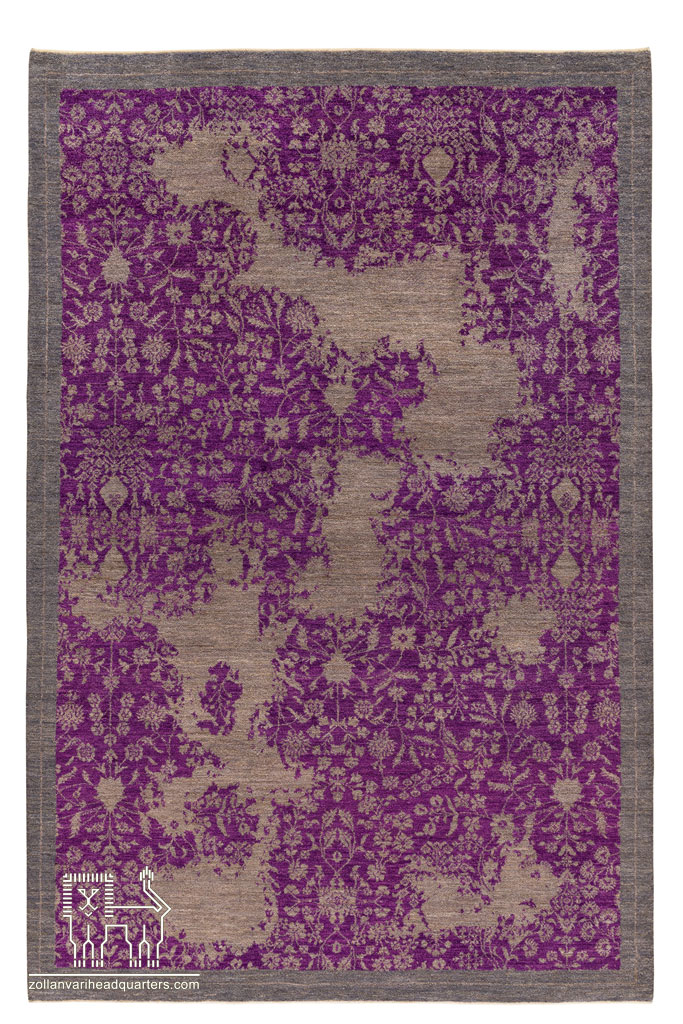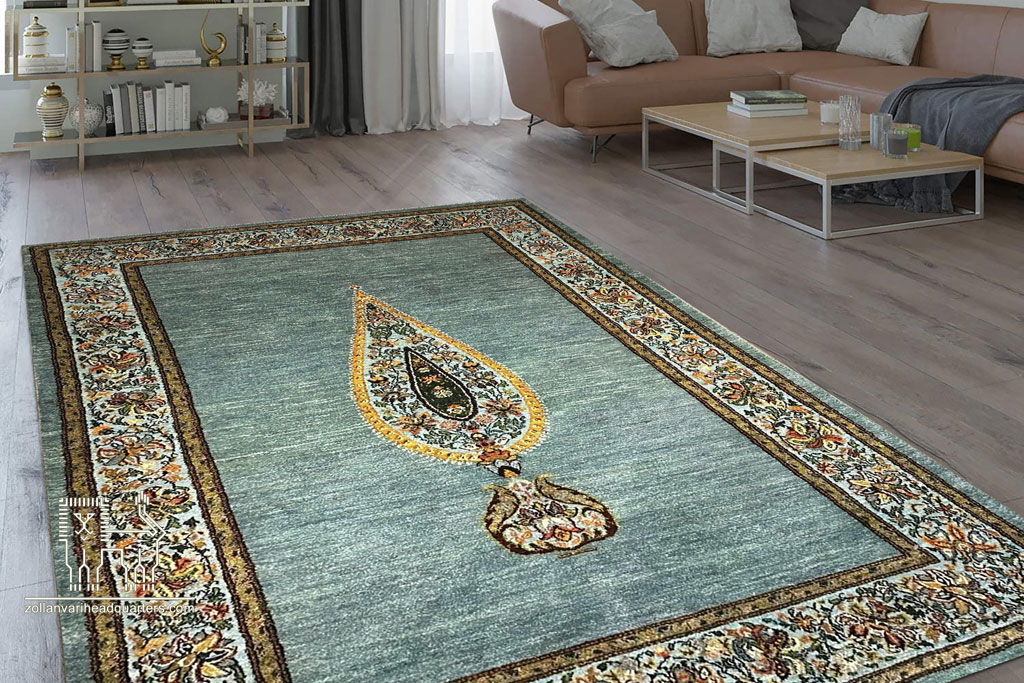The Key Role of Nomadic Women in the Continuation and Expansion of Iranian Carpet Weaving Art
Handmade Iranian carpets are not only symbols of Iran’s cultural authenticity and beauty but also carriers of stories about the lives, efforts, and creativity of the people of this land. Among all the factors that lead to the creation of these unique artworks, the role of nomadic women, especially from the Qashqai, Lor, and Bakhtiari tribes, is undeniable and vital. They are not only the primary weavers of these carpets but also the bearers of the historical and cultural memory of carpet weaving in Iran.
Women, the Beating Heart of Nomadic Carpet Weaving Art
In the life of Iran’s nomads and pastoralists, women become familiar with the basic principles of weaving kilims, gabbehs, and carpets from childhood. These skills are not only passed down as part of traditional female education but also play a vital role in the household economy and their cultural identity.
Qashqai, Lor, and Bakhtiari women have played a central role for centuries in creating carpets with mental designs, plant-based colors, and inspiration drawn from their surrounding nature. While many urban carpets have pre-designed patterns and layouts, nomadic carpets are often woven without a specific plan. This reflects these women’s amazing ability to combine memory, creativity, and aesthetics.
The Cultural and Identity Role of Weaving for Nomadic Women
For nomadic women, carpet weaving is not just an economic activity but a part of their identity. The patterns and motifs seen in handmade gabbehs often reflect inner feelings, memories, cultural beliefs, and even social changes in the weaving community. For example, the repeated motifs of animals, flowers, or geometric shapes each have a special meaning rooted in nomadic culture.
With every gabbeh or carpet woven, a piece of indigenous culture is preserved and passed down from generation to generation. These carpets are, in fact, visual narratives of nomadic life and history.
The Economic Importance of Carpet Weaving in the Livelihood of Nomadic Women
Carpet weaving, especially in the form of gabbeh production, is an important source of income for nomadic households. Women are not only the weavers but often the financial managers of family carpet projects. The income from selling gabbehs and carpets provides for the family’s basic needs, children’s education, and even savings for purchasing livestock or farming equipment.
In many nomadic regions, income from weaving gabbehs is the only stable financial resource. This helps empower women and elevate their social status. Economic participation naturally increases women’s decision-making power within their families and communities.
The Role of Companies Like Zollanvari in Supporting Female Weavers
Companies such as Zollanvari, focusing on producing and marketing handmade nomadic carpets, especially gabbehs, have played an important role in supporting female weavers. These companies have not only created domestic and international markets for these women’s works but also established standards to preserve the quality and authentic identity of these carpets.
Through technical training, supplying quality raw materials, and creating coherent sales channels, Zollanvari has provided a platform for nomadic women’s art to be recognized globally. Moreover, by establishing direct connections between producers and consumers, a significant share of the income goes directly to the weavers, which helps sustain their motivation and artistic activities.
Challenges and Solutions for the Future of Nomadic Women’s Carpet Weaving Art
Despite all the cultural and economic values of carpet weaving, this art faces challenges. From the migration of nomadic youth to cities to the decline in livestock farming and lifestyle changes, various factors threaten the continuity of future generations of carpet weaving.
To preserve this heritage:
- Intergenerational educational programs must be designed so that nomadic teenagers become familiar with the importance and skills of carpet weaving.
- Governmental and private supports are essential to provide financial facilities, insurance for weavers, and global marketing.
- Creating reputable and trustworthy brands like Zollanvari, which properly introduce nomadic women’s art while preserving its cultural identity, plays a fundamental role.

Conclusion
Nomadic women of Iran are the unsung guardians of one of the richest arts in the world. They not only play a central role in producing handmade carpets but also carry the cultural, artistic, and economic memory of their communities. Supporting these women is an investment in the future of a living and dynamic art; an art that not only beautifies homes but also conveys authentic stories of Iran to the world.


Write a Comment